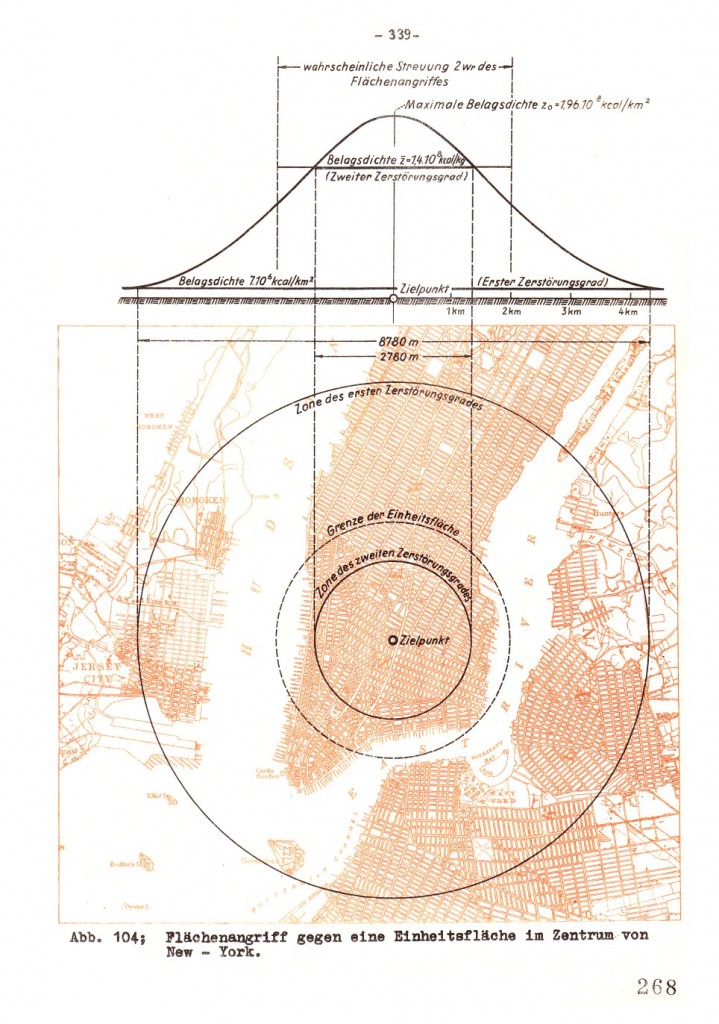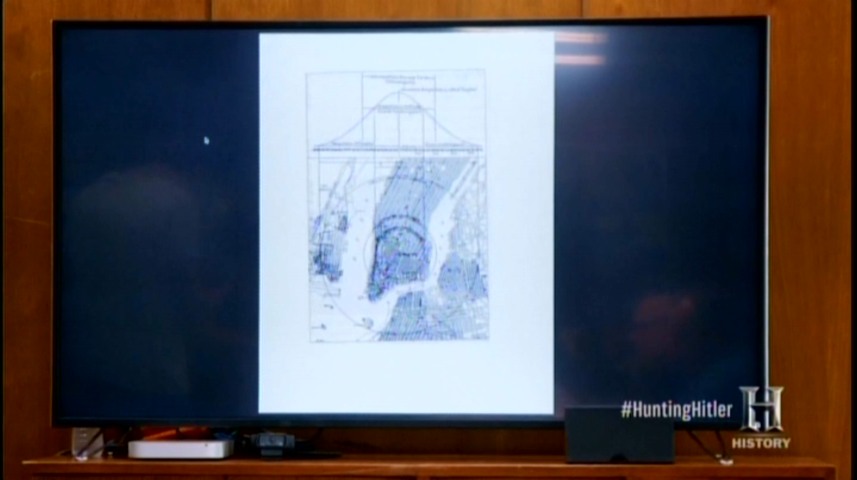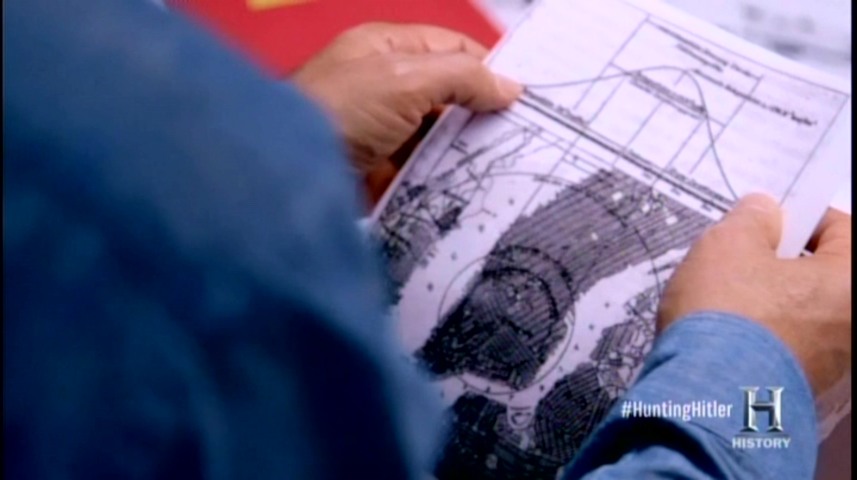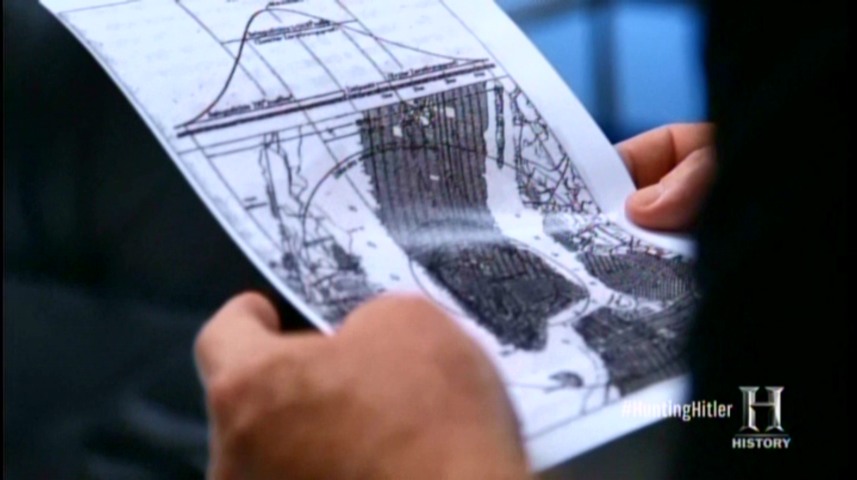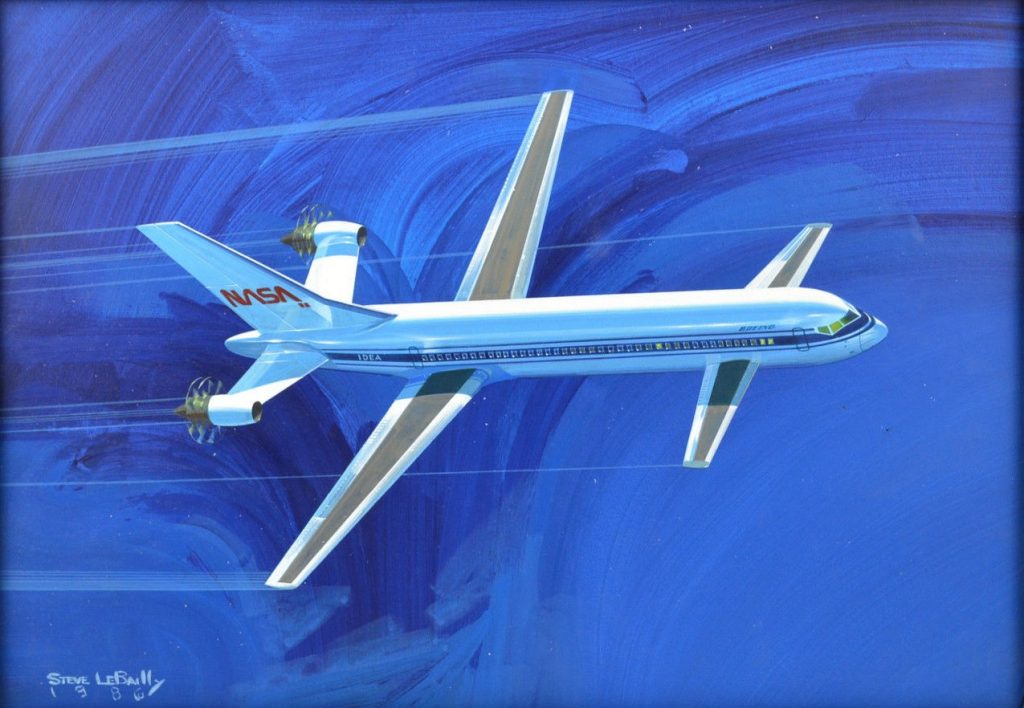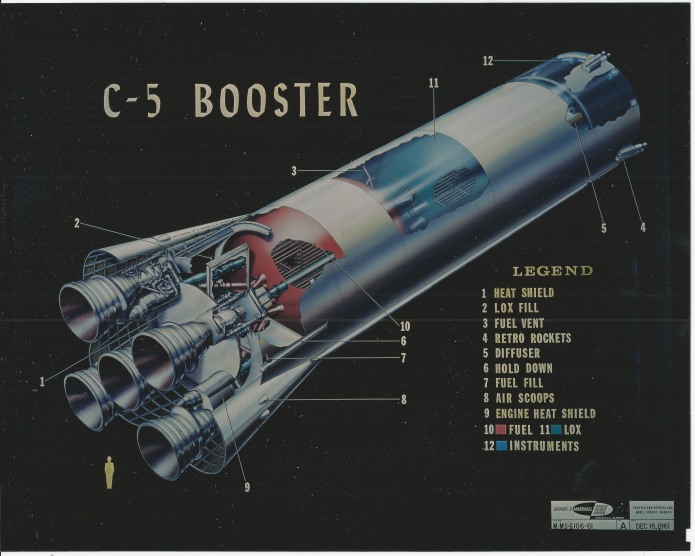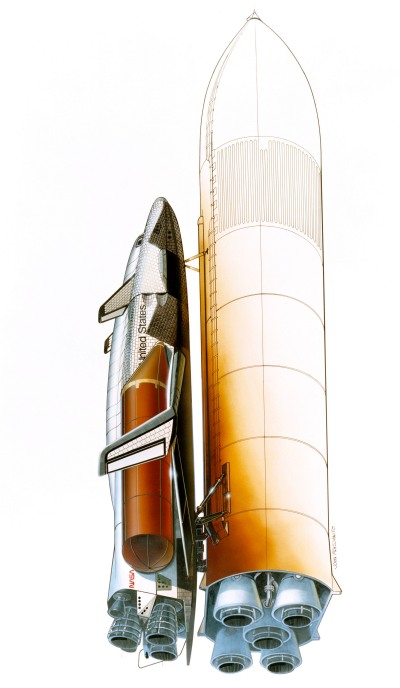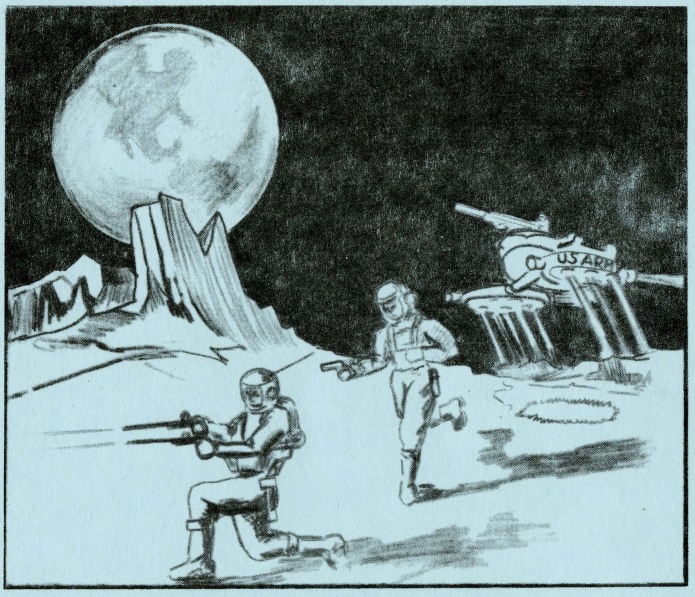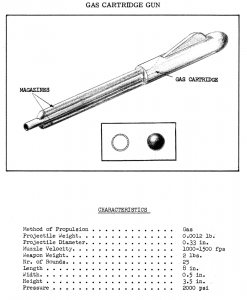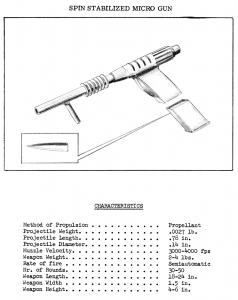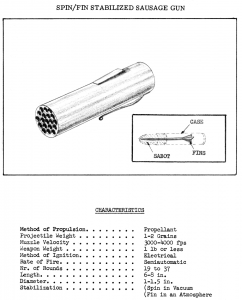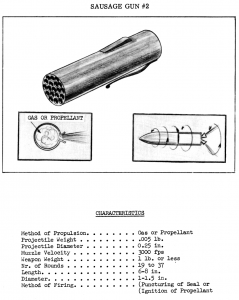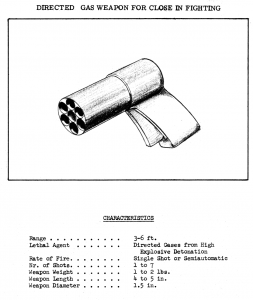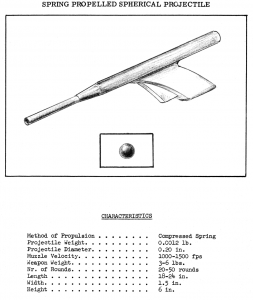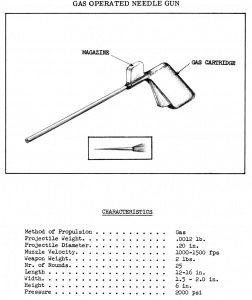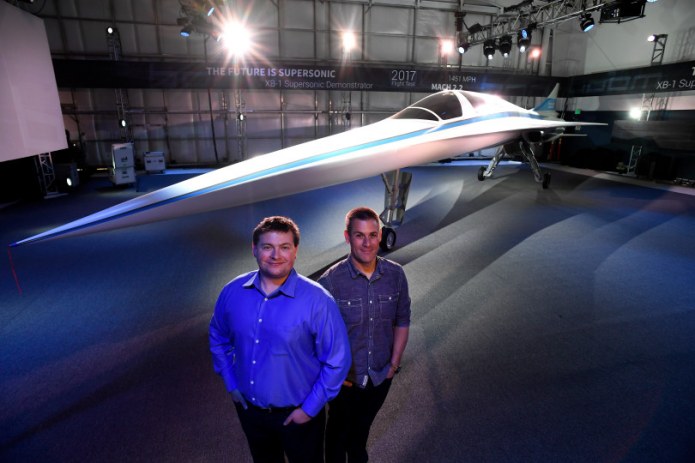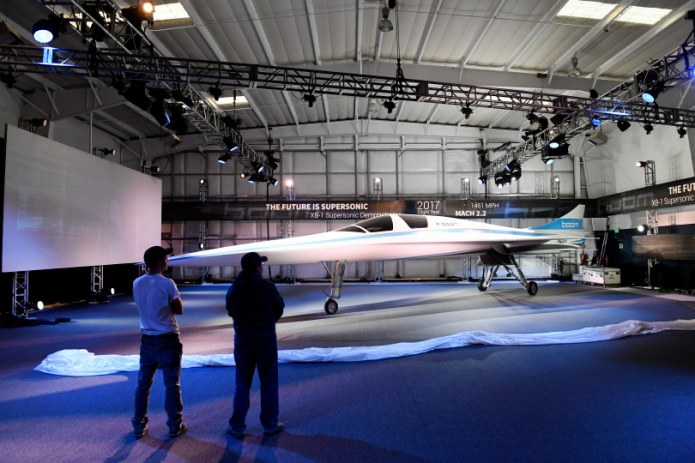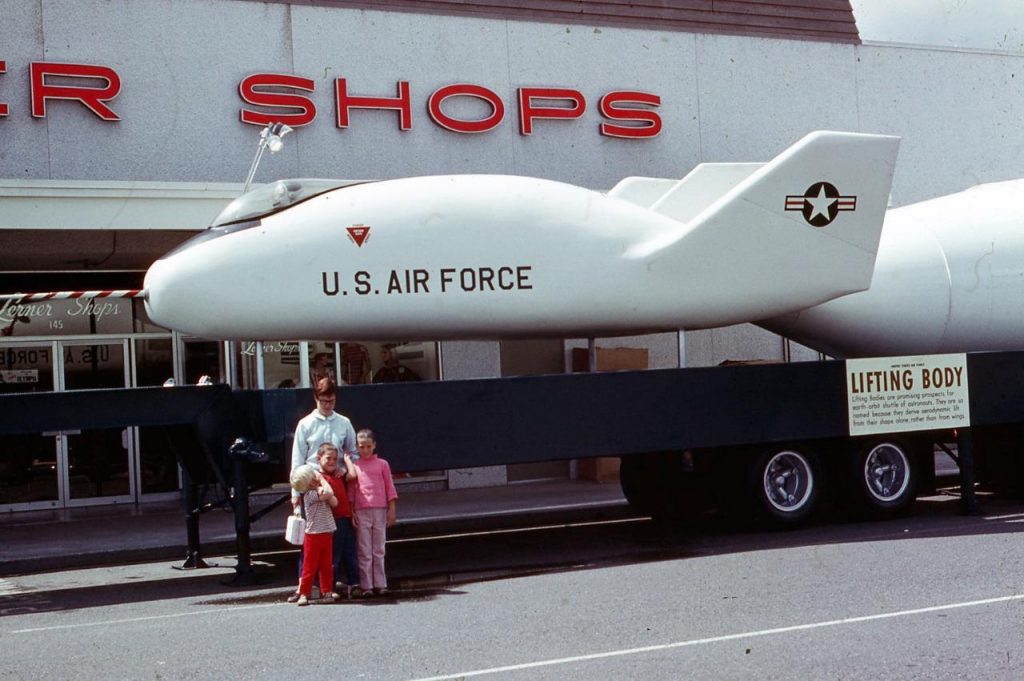And that job is “history.” You know, to actually know what happened or, failing that, to make some minimal effort to look it up. Seems simple enough…
So there I was, minding my own business, watching the latest thrill-packed episode of “Hunting Hitler.” For those who have somehow missed out, this is the latest iteration of the “Ghost Hunter” and “Bigfoot Hunter” phenomenon… overpaid idjits use hyperbole and fairy tales to go run around in the woods and poke around in some abandoned properties looking for mythical entities. in this case, Our Heroes are stomping around Argentina attempting to prove that Hitler survived WWII and wound up there. The most recent episode was focused on the bullcrap notion that the Nazis actually got an atomic bomb up and running and set it off in Thuringia during the war, and then attempted to set up another A-bomb program post-war in Argentina to further the aims of the Fourth Reich.
Yeah, I know. “I’m not saying it’s Nazis… but it’s Nazis.”
Shows like this are really only good for two things: background noise while you’re working on something, and hate-watching. Now, I don;t know a whole lot about Argentina, so I don’t throw things at the TV when they undoubtedly make howleriffic errors about that country and it’s history. But there are a few things I *do* have some knowledge of. Some things I recognize right off the bat. And they trotted one of these things out and repeated a decades-old lie about it.
Early in the episode, someone who I guess is supposed to be one of their researchers pulls out a page from a German document, a piece of evidence meant to show that the Nazis were planning on nuking Manhattan. This page right here:
I bet there are more than a few reading along who saw that and went, “Hey, I recognize that.” And of course y’all should… I’ve brought it up before. It’s from Eugen Sanger’s 1944 report on his global-range rocket bomber. And, yes, it shows the bombardment of New York City. But *not* with atomic weapons. It’s simply a bell curve… a statistical representation of the distribution of bomb damage if a *lot* of bombs were dropped on a target and the bombs had the usual sort of circular error probability. There’s not a single damn word in Sangers report about nuking New York, very likely because Sanger probably didn’t know a single thing about atom bombs. If there was one thing the Nazi system was good at, it was compartmentalizing programs. If there was another thing the Nazis were good at, it was screwing up atomic physics, what with their hatred of Jews and their reliance upon Werner Heisenberg who either wholly misunderstood what is needed to make an A-bomb or who spent his time on the German A-bomb program busy designing faulty exhaust ports in it.
Way back in 2009 I posted about this map and how it has been misrepresented by charlatans and lazy authors for years. The abuse continues, it seems.
